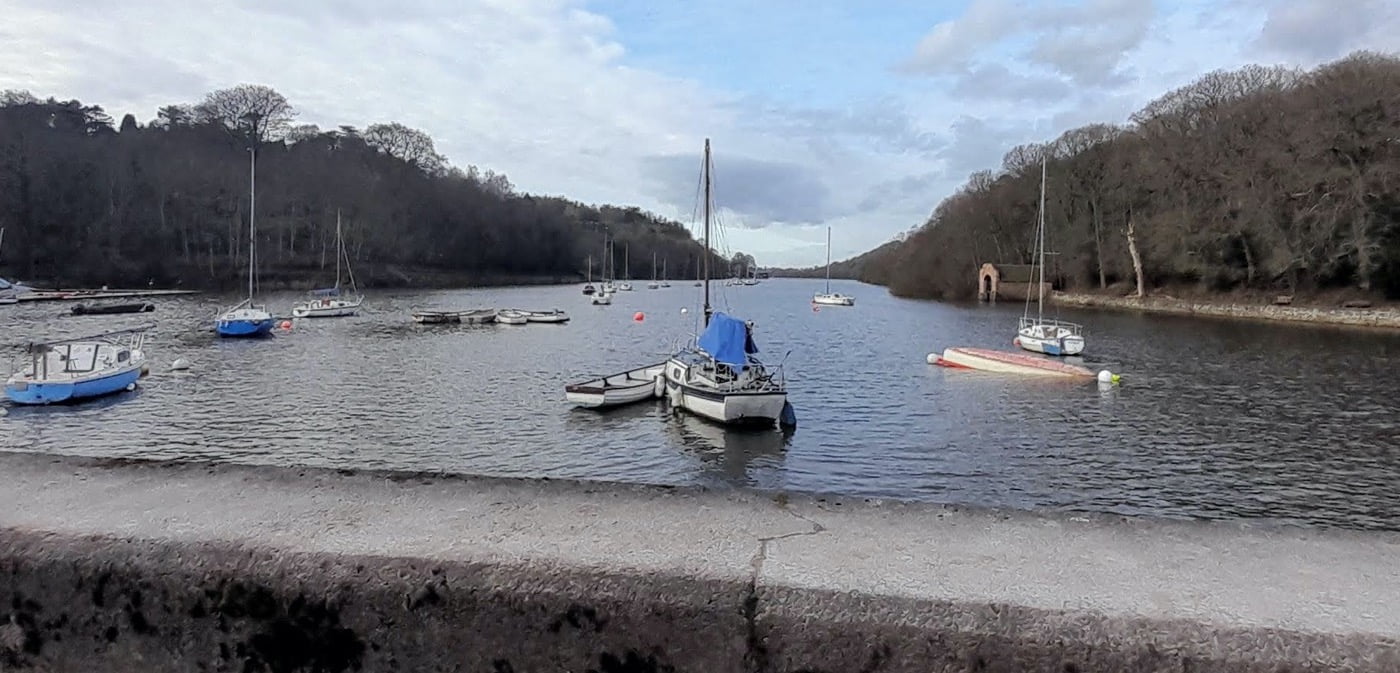LANDSCAPE HISTORY ABSTRACT
The development of early reservoirs to supply water to arterial canals in England and Wales
Alice Harvey-Fishenden and Neil Macdonald
Reservoirs change and control how water moves through the landscape. This paper explores a key period in the development of reservoir technology at the turn of the nineteenth century which involved the construction of large reservoirs, such as Rudyard in north Staffordshire (pictured above), which pre-date similar-size reservoirs for potable water.
The creation of larger reservoirs in this period played an important role in the implementation of a resilient stable water supply to the canals, replacing a chaotic system of diverse water supplies to the earliest canals, which left them vulnerable to extreme weather. The development of larger reservoirs took place against a backdrop of changing dynamics in water ownership and entitlement to water, which had implications for the role and legacy of large reservoirs through to the present.
Demand for large reservoirs
Previous studies have concentrated on the economic or technological aspects of this period, with rapid expansion of the canal network. By examining the actions of established canal companies and unpicking the documentary evidence concerning the construction of Rudyard Reservoir, the paper argues that a complex combination of dry weather, competition for water and traffic, technological developments, and changing patterns of water management all contributed in creating a demand for large reservoirs to supply water to arterial canals in England and Wales.
Read the paper
Harvey-Fishenden, A. & Macdonald, N. (2021) The development of early reservoirs to supply water to arterial canals in England and Wales Landscape History 42(2): 79-98. View at Taylor and Francis (Open Access)






Contact us